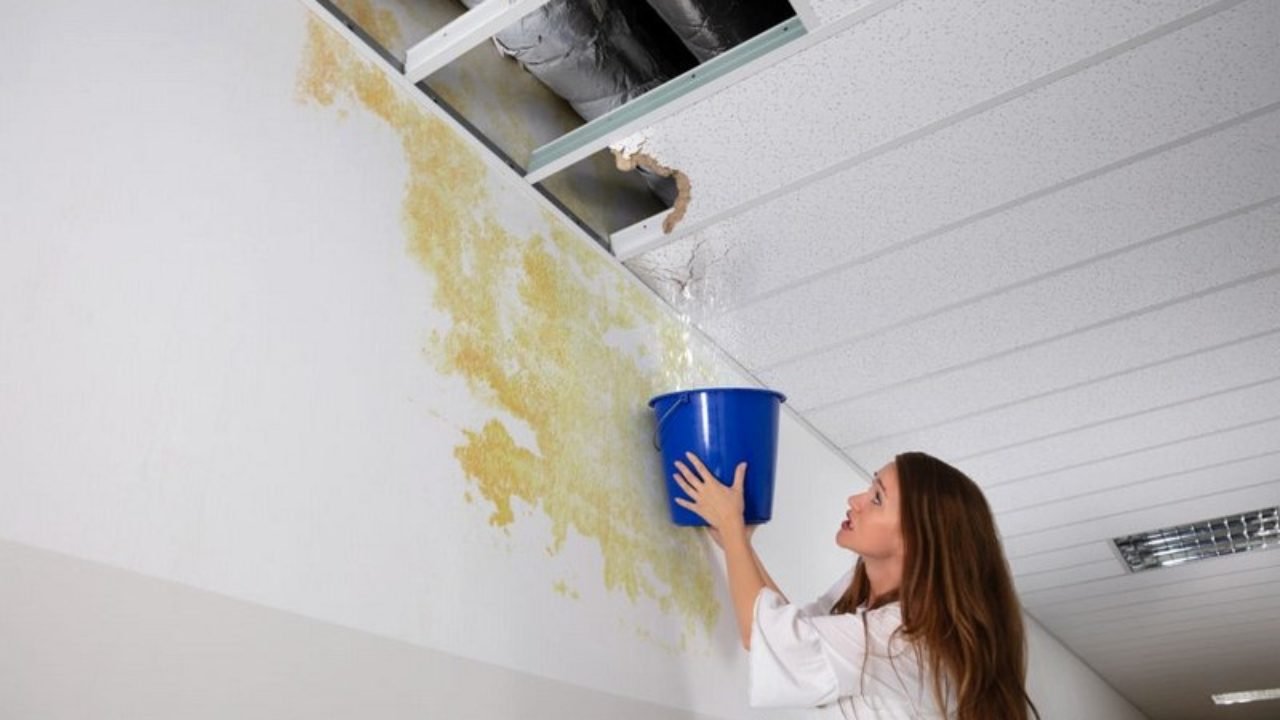Pinpoint Six of Commonest Leak Triggers Within Your House
Pinpoint Six of Commonest Leak Triggers Within Your House
Blog Article
This article listed below in relation to Common Water Leaks In House is incredibly insightful. Don't bypass it.

Leaks not only trigger waste of water however can likewise cause unnecessary damages to your house and also advertise undesirable organic growth. Regrettably, water leaks might go unnoticed because the majority of the pipework in our home is hidden. By looking and also recognizing for day-to-day scenarios that create leaks, you can safeguard your home from future leakages and also unneeded damage. Today, we will certainly look at 6 leakage triggers that might be triggering your pipes to drip.
Immediate temperature adjustments.
Severe temperature level modifications in our pipelines can trigger them to increase and also get suddenly. This expansion and contraction may cause splits in the pipelines, particularly if the temperature are below cold.
Rusty water systems
As time passes by, your plumbing system ages as well as rust such as corrosion may start gnawing the pipes. This may be the root cause of staining or bending on your water pipes. This requires an inspection with your plumber promptly. If our plumbing system is old, think about changing the pipes since they are at a higher danger of rust than the more recent designs.
Faulty Pipeline Joints
The factor at which your pipes connect is often the weakest web link in the waterline. Pipeline joints can weaken over time, causing water leaks. Regrettably, most of pipeline joints are not conveniently noticeable. If you have noisy pipelines that make ticking or banging noises, specifically when the hot water is switched on, your pipe joints are possibly under a lot of stress. It is recommended to have your plumber inspect your system annually.
Intruding roots
The majority of water leakages begin outside your house rather than inside it. If you observe an abrupt reduction in water stress, state in your tap, take some time to go out and examine your yard. You might observe damp patches or sinkholes in your lawn, which could indicate that tree roots are attacking water lines causing water to permeate out. You can have your plumber look for breach, especially if you have trees or bushes near your residential or commercial property.
Poor Water Connectors
At times, a leak can be brought on by loose pipes as well as pipes that provide your appliances. More often than not, moving is what triggers the loosened water Connections. You may locate in the case of a washing machine, a pipe might spring a leak as a result of trembling during the spin cycle. In case of a water connections leakage, you may observe water running straight from the supply line or puddles around your devices.
Blocked Drains
Clogged drains pipes could be frustrating and also inconveniencing, yet they can occasionally end up creating an overflow causing break pipes. Keep removing any kind of products that might decrease your drains that might block them to prevent such aggravations.
All the above are reasons for leaks yet not all water leakages arise from plumbing leakages; some leakages may originate from roofing system leakages. All leaks must be fixed immediately to prevent water damage.
Leakages not just create waste of water yet can likewise cause unnecessary damage to your residence and also advertise undesirable organic growth. By looking and also recognizing for everyday scenarios that create leaks, you can secure your house from future leaks and also unneeded damage. Today, we will look at six leakage causes that might be triggering your pipes to trickle.
At times, a leak can be created by loose pipes and pipes that provide your appliances. In situation of a water links leakage, you might see water running directly from the supply line or pools around your appliances.
How To Check For Water Leak In Your Home
How To Check for Leaks
The average household's leaks can account for nearly 10,000 gallons of water wasted every year and ten percent of homes have leaks that waste 90 gallons or more per day. Common types of leaks found in the home are worn toilet flappers, dripping faucets, and other leaking valves. These types of leaks are often easy to fix, requiring only a few tools and hardware that can pay for themselves in water savings. Fixing easily corrected household water leaks can save homeowners about 10 percent on their water bills.
To check for leaks in your home, you first need to determine whether you're wasting water and then identify the source of the leak. Here are some tips for finding leaks:
Take a look at your water usage during a colder month, such as January or February. If a family of four exceeds 12,000 gallons per month, there are serious leaks.
Check your water meter before and after a two-hour period when no water is being used. If the meter changes at all, you probably have a leak.
Identify toilet leaks by placing a drop of food coloring in the toilet tank. If any color shows up in the bowl after 10 minutes, you have a leak. (Be sure to flush immediately after the experiment to avoid staining the tank.)
Examine faucet gaskets and pipe fittings for any water on the outside of the pipe to check for surface leaks.
Undetected water leaks can happen without the home or business owner even realizing. If you suspect a water leak, but not able to find the source. It is time to contact a professional water leak detection service, The Leak Doctor.
How To Find a Water Leak In Your Home
https://www.leakdoctor.com/blog/How-To-Check-For-Water-Leak-In-Your-Home_AE197.html

I stumbled upon that entry on How to Find Water Leaks when doing a lookup on the internet. Are you aware of anybody else who is excited by the subject? Do not hesitate to share it. We treasure reading our article about How Fast Water Damage Can Ruin Your Home.
Need assistance? Call. Report this page